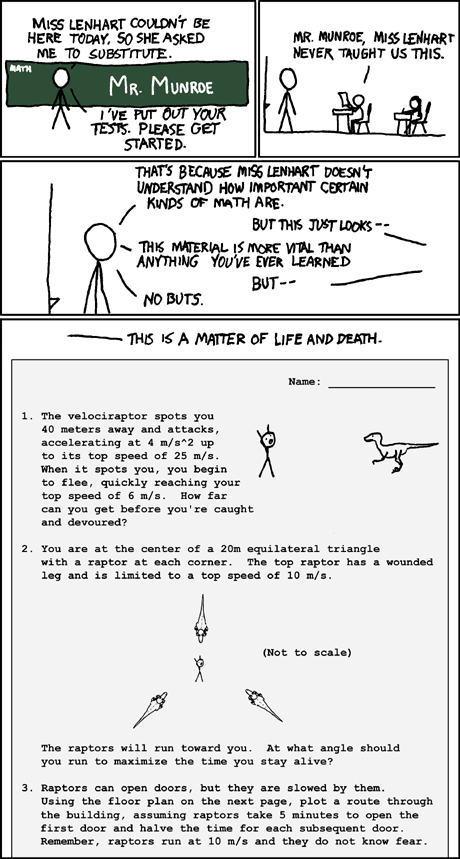I blogged about the build-up to our school Games Days recently, but to give a short rundown - they are an event in my school’s calendar at which every student in the school has the opportunity to come and play board games. It’s all about student leadership, socialisation, interaction, engagement and fun.
The Games Day preparations begin weeks before the actual games day takes place. I put the call out for students who are interested in playing the role of what we call ‘Games Ambassadors’ - these students are the engine that power the success of the day. They set-up, manage, teach and play the games with the other students who come through the doors. The Games Day provides (I believe) a wonderful opportunity for leadership for these students, they act as mentors and leaders as they teach kids both much younger, and much older, than they themselves are.
These Games Ambassadors take part in a training program, which is a fancy way of saying they come to my classroom most lunchtimes for several weeks to learn and play games. We’re lucky enough at St Georges (the school I work at), to have a rather extensive collection of games. The Games Ambassadors need to not simply be familiar with the games, we also spend some time talking about how to teach games (students teaching students is a wonderful thing to behold), as well as how to modify games for a younger audience if required.
Our school is home to a wonderfully diverse range of cultures, and a challenging mix of ages. it’s a primary school - meaning kids from the ages of 5-12 (roughly), and we have about 350 students. Over a day and a half every one of these students comes to the school hall to play games. We break the day into sessions, usually with around 40-60 kids in each session (2 or so classes), and each session lasting around an hour. We are also lucky enough to have a preschool on our grounds (that’s 4 year olds mainly) - and these kids came along as well.
All in all we had something 400+ students and adults come into our hall to play games over the day and half we ran the event. A huge undertaking that is both very demanding and extremely rewarding.
An interesting aspect of our Games Days is the the opportunity for student leadership - our Games Ambassadors fill the role of teaching the games and managing the tables.
The Games Ambassadors are largely from my class - all kids between the ages of 8-10 - and teaching students older than themselves is a challenge. The older students in the school, who are a little more independent, can be both intimidating and more flexible. Older players are able to more quickly grasp the rules, and are able to be more selective in the games they get involved with.
The preschool to grade 2 (that is the kids between the ages of 3-7) need more structure. With these classes the Games Ambassadors have to work particularly hard. Not only do the games require more explicit teaching and management, but the day works best with each Ambassador teaching the same game to different groups over and over again.
There are as many as thirty different games and tables working at the same time - and for the Games Ambassadors - having to teach the same game to a different groups can be repetitive, challenging and difficult. From the point of view of a student walking into the hall: they have the opportunity to play between 2-5 different games before heading off back to the normal school day. For the Ambassadors: they are teaching the same game to 2-5 different groups every hour. It is this hard and tiring work that makes the game day function.
I am extremely proud of the work the Games Ambassadors put in. It is a difficult, tiring, and at times intimidating role to play. But is a huge thing for these same Ambassadors, to lead and mentor kids much younger than themselves, to interact with and teach students much older than themselves.
The first of our biannual games days was a huge success. Every year it seems to get stronger. My role was to manage the transitions of groups of players from one table to the next, but the real work of the day was done by the students of the school themselves - particularly the Games Ambassadors. They did a wonderful job of providing an opportunity for the entire school to enjoy and have fun with some fantastic games. As the Term has rolled to a close I think it ended on a very high note - it was a fun event, and the kids who lead the day stepped up and made it the huge success it was.
As I looked out over the tables in our school hall what I saw was a wonderful thing: kids engaging with and teaching other kids. A social and interactive event. Kids laughing, smiling, and having a blast playing games with each other. What a wonderful day.
Cheers,
Giles.









